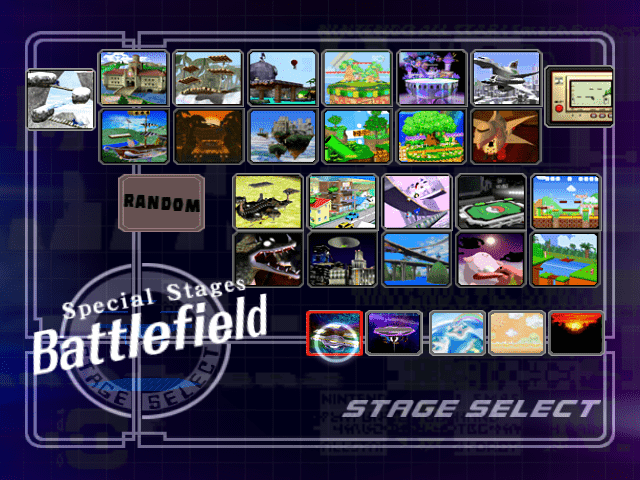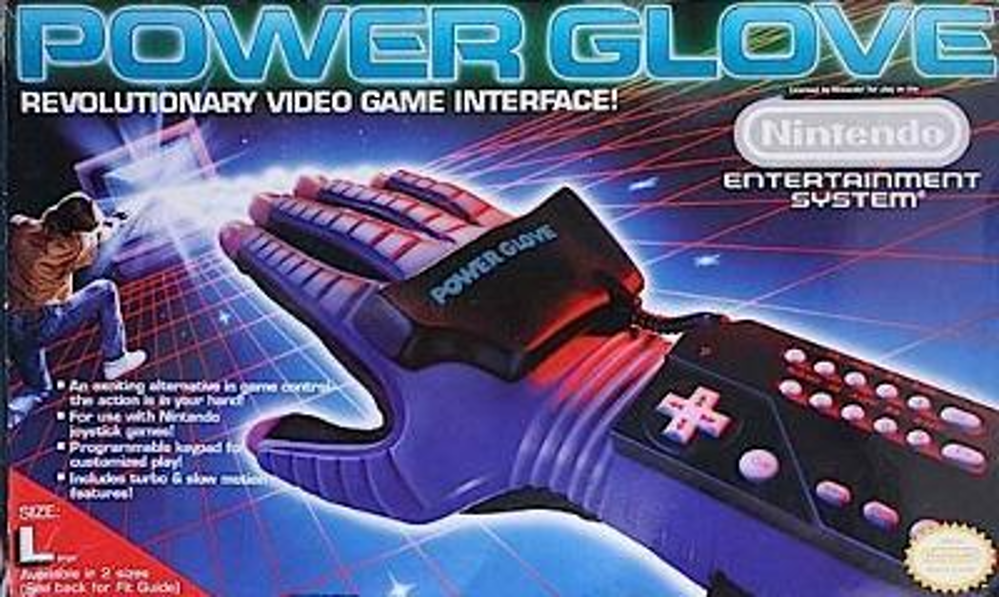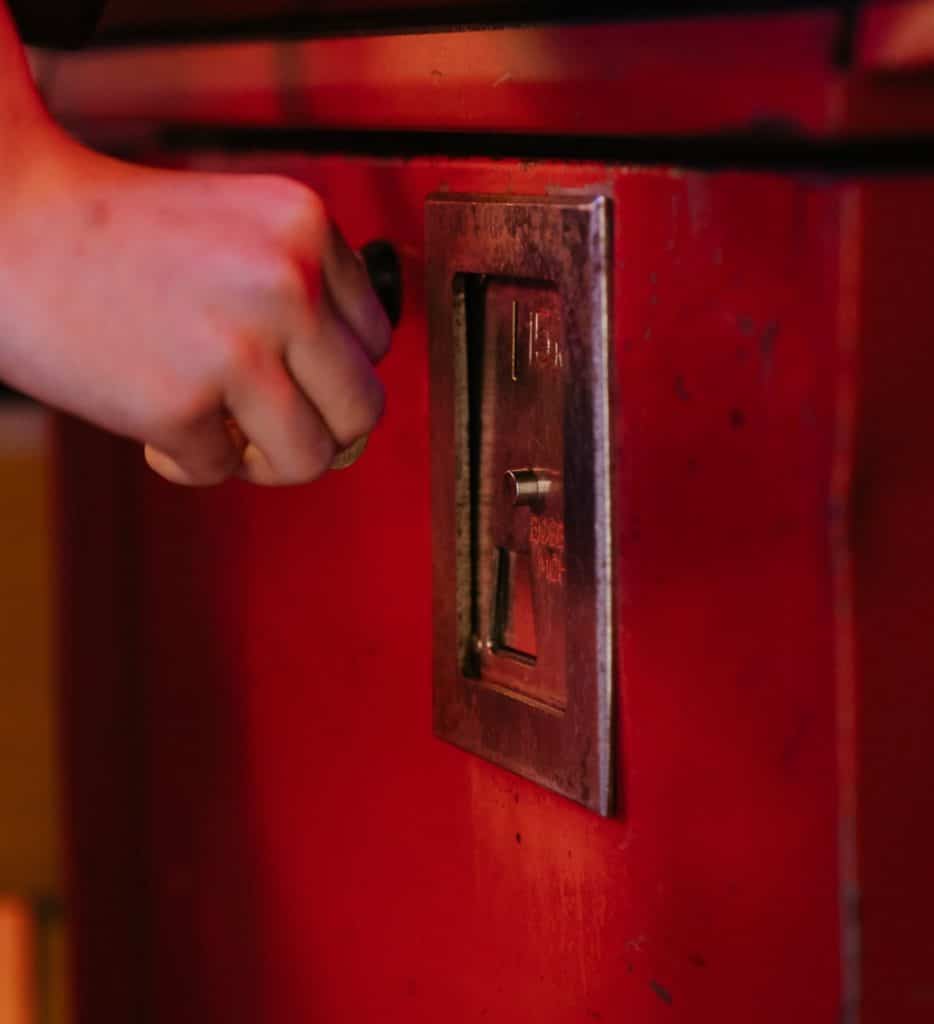This is part 3 of our “Karate Training at Home” series. Click these links for Part 1 and Part 2.
So, you got trounced in your last few sparring sessions and you’re royally sick of eating foam rubber mat. I can sympathize… believe me. Sounds to me like you need to put some serious training time into your sparring. But if your sensei can’t give you individual training (or if his private lesson rates are too expensive) what do you do? Start your own fight club, that’s what!
But how do you start your own fight club, exactly? Here’s the quick-start list:
- Decide on your fight club’s purpose.
- Recruit club members.
- Choose a location to meet.
- Establish rules and culture.
- Decide on equipment everyone must bring.
- Be prepared to deal with a few jerks.
- Have first aid for minor injuries and cuts.
- Get feedback from members.
- Decide whether to charge a fee.
Whew! Okay, that’s kind of a lot to deal with. Now let’s break each step down in detail. And since this is gonna be a long one lets gamify the process. Ready? Cue the Guile Theme Song!
1. Choose Your Game!

Which fighting game do you want to play? Want something old school? A frantic 4-player button masher? In the mood for some gory “FATALITIES!”? No matter what you want to experience the world of fighting games has a dozen choices for you. Now you just need to choose.
Similarly, you have a choice to make when it comes to make when it comes to what kind of fight club you want to start. In other words: What is the purpose of your fight club?
This is an important question because it will dictate everything else about your club. Are you wanting to prepare for an upcoming tournament or are you more interested in training self defense skills? Will you be looking to form a big club or keep the group small? “No girls allowed“, “no boys allowed“, or “all fighters welcome“? Determining your fight club’s purpose is central to forming a successful club.
This is also an important thing to discuss with founding, and future, club members. Having established a central purpose to your fight club will keep you from straying too far from it when a member has a “great new idea” to “improve the club”.
2. Choose Your Fighters!

Having picked your game, now it’s time to choose your fighter. No matter the game, everyone has a favorite… E. Honda, Star Fox, Yoshimitsu, Sub Zero, etc. Your favorite might be because of the character’s really cool appearance, unique fighting style, ease of combos, or plain old sexiness. But no matter how cool your favorite is, you’ll inevitably start experimenting with other characters, too.
Unlike a video game, though, you’ll need to start choosing multiple fighters right from the start.
Depending on your club’s purpose, you may want to draw exclusively from your own dojo, affiliated dojos, or from different style’s altogether. For example, if you’re preparing for a tournament, picking fighters outside your style may not help you that much (unless you enforce your style’s rules during sparring). On the other hand, getting a chance to steal a cool strike from an outside fighting style might just give you the surprise technique you need to win against a more experienced fighter during the tournament.
You also need to consider how many fighters to recruit. Too few and you run the risk your club dying in the crib because 3 of your 4 members didn’t show up for two weekends in a row. Too many, and you might lose control of your club to the mass of competing egos.
Even numbers are a necessity for sparring, and of course space is a consideration (more on that next). For a new club, somewhere between 6-12 members is going to be a good number. You’ll have enough to still hold a meeting even if several don’t make it, but not too many so that you can’t develop your fight club’s core culture (more on this below).
And if you’re having difficulty attracting new members you might try websites like Craigslist, Meetup, and Facebook which allow you to create groups (usually for free) and post events.
3. Stage Select!

This is one of the best parts of fighting games: stage selection. If you’re like most gamers, you’ve got a favorite stage. Maybe one that gives you a tactical advantage, or one that’s aesthetically attractive. Either way, this is the time to decide where you and the other players are gonna throw down!
Now, unless you’re lucky enough to recruit someone with access to a fighting gym (Pro tip: try to recruit someone with access to a fighting gym) you may need to choose a more rugged setting like a public park or a club members back yard. No matter where you decide to train you need to make sure that the space is clean of any debris (trash, rocks, glass, etc.) and this step should be done before each training session.
Quick tip from personal experience: if you’re training in a public park most people will leave you alone. Maybe at worse someone will watch or ask to participate (you want to say “no” to that, but invite them to the next one if you need a new member), but you should be prepared for the dreaded “Karen“.
This Karen is the type that will leave her kid’s birthday party, walk 50 yards across the entire park, and tell you that you’re “not allowed to do that here“. When you inform her that this is a public park she will insist that it’s “illegal” and threaten you that she’s going to call the police.
At this point it is up to you to decide how to peacefully deal with this Karen. Me? I’d just ignore her so long as all she’s going is talking. However, if she touches any member in an effort to try to break up the sparring session then that may be the time to involve law enforcement, but that’s really up to you.
4. Select Difficulty!
Ego tells a gamer to never get caught playing on “easy mode”, but sometimes it’s necessary. Especially if you or one of your fighters are new to the game. In truth, there’s nothing wrong with playing a game on a lower difficulty as long as that’s what you, and your co-gamers wanted from the beginning. And, of course, you want to pick your game’s rule-set, too. For example, when I was a kid my brothers and I established the rule that when our fighter was dazed he couldn’t be struck. A strange rule, looking back, but it just seemed unsportsman-like.
You’re going to do much the same for your fight club. What are the rules? What level of intensity are your fighters going to be using? Full speed and power? Half? The good news is that these are going to be guided in large part by your club’s purpose (you didn’t skip that step, right?). These rules and expectations are going to become your club’s core culture and it will set the tone for each training session. A fun, inviting (or exclusive?), and engaging core culture can make or break a fight club, so don’t take this step too lightly.
For example, if you’re training for tournament, then at least some of your sparring is going to be at close to full power. If you’re training for self defense, most of your training isn’t going to be sparring at all, but rather basic techniques and just drilling them into muscle memory; which should be done at half speed until it has been burned into your soul like the “Contra Code”.
It may also be a good idea to announce what the intensity level of each session is going to be. This way, if two of your members want to crank it up to “ultra hardcore mode” then that’s up to them, but the rest of your club won’t be obligated to match them.
5. Get Your Game’s Peripherals!

Back in the day there was a big push for specific games to have peripherals you needed to buy. Sometimes this was a special controller, or a motion sensor, or even “VR” goggles. Most of the time these devices were shoddy and never truly lived up to their envisioned purpose. But sometimes they were damn fun!
Your fight club will need its members to buy some peripherals, too. I’m talking mouth guard, hand protection, groin cup, head gear, etc. The degree to which these are necessary, and the amount of padding, are going to be determined by the session’s planned intensity, but you should make it the norm to bring everything they might need (last thing you want to hear is, “Oops, I forgot to bring my head gear. I’ll just be extra careful…“).
You’ll also want to think about standardizing what gear everyone is using. Buying the same brand probably isn’t necessary, but having the same type of gear will make sure the playing field stays level and that everyone can participate evenly. For example, if one member brings 4oz MMA gloves but everyone else is using 16oz boxing gloves, then after a few round, the MMA glove wearing fighter is going to have an unfair advantage.
6. Dealing with Cheats!
You hate ’em. I hate ’em. Everyone hates ’em. You know the type; they bend or break the “house rules” just to win a match. Or they spam one single over-powered move. Or they raise their handicap for an unfair advantage. Cheaters can make what would have been a fun gaming session of couch co-op into a shouting match.
In your fight club you will eventually deal with “cheaters” too. Thankfully they can’t actually spam “Hadokens” but they will deliberately break the rules just because they can’t stand the thought of losing. And, unlike gaming, the loss of a few matches to a cheater can result in more than just needing to select “continue”. No, that fighter might just decide not to come back next time. Especially if that cheater’s actions result in an actual injury. You’ll lose that member. And maybe another. And maybe another, too, if you don’t deal with that cheater immediately.
But how?
- Have written and unanimously agreed upon rules. Distribute copies to each member and keep a copy with you (on your phone perhaps) during all training sessions.
- Empower each member by telling them that they don’t need to spar with anyone they don’t want to. This distributes rule enforcement via exclusion of those who would bend/break the rules.
- Ensure that everyone knows that rule breaking can result in suspension (not getting invited to next week’s session) or expulsion.
- New members need to fully understand the rules and customs and that they will be watched for rule breaking.
All of this might seem like overkill, but it will help ensure your fight club’s longevity.
7. Continue?

No matter how skilled a player you are, you eventually will lose a match. And that’s okay; losing is how we build our skills as a gamer. It tells us that we have more to learn, and best of all, have something important to learn from the one who beat us. Maybe a hidden technique, a special combo, or just simply how to better utilize the stage to our advantage. You will improve from your loss as long as you are willing to select “continue“.
In the real world, though, losing (and often winning) leaves us with at least minor injuries. Bruises and abrasions, mostly, but also the potential for sprains, broken bones, concussions, etc. As the founder of your fight club, you need to be prepared for such emergencies.
Pro tip: try to recruit a paramedic, or someone with basic medical skills. But additionally, you and each of your members need to be carrying a first aid kit. And those need to be better than the old $5 kits that include nothing more than a few band aids and ointment. No we are talking gauze, bandages, blood clotting powder, instant-ice packs, etc.
This is also a good time to have a brief word about liability, especially if you’re holding your fight club in your, or another member’s, property. While everyone says, “Oh, I’d never sue a friend if I got hurt on their property,” and for many it is true, this opinion is likely to change when they receive a $4,000 medical bill for a broken toe. So, with this potential in mind, there’s nothing wrong with having everyone sign an agreement to hold the location host, and each member, harmless should there be any injuries as a result of training. C.Y.A., my friends.
8. Get Reviews for your Game!
If you’re the type that takes gaming semi-seriously then you definitely have your favorite titles. And you have certainly wished that you could sit down with the game developer and tell them all the great ideas they could use for their next game. And in a way you can, via reviews!
Your fight club is no different, really. You want your members to be happy so they keep coming back. And one of the best ways to achieve this is by soliciting feedback from your members. While most suggestions might be unworkable (“free Gatorade for club members!”) or too dangerous (“knife disarms with real knives!”) many ideas your group will come up with will improve your club and increase the personal stake your members have in its growth. Just be sure that any ideas you decide to use fall in line with your fight club’s core purpose.
Don’t shy away from criticism, either. If a member comes to you and tells you that something was wrong then resist the immediate urge to put your guard up. Listen. Put yourself in his gloves and imagine it from his perspective. What might be no problem for you could be a real problem for several of your members and this person might be the only one brave enough to tell you about it.
9. One Token or Two?

Back in the days of gaming arcades the machines were generally one token or two, and the two token games were usually the very popular ones. These games were often better games than their one token counterparts, too, and playing with them meant you were going to get to experience something special. Your enjoyment made it worth paying double the price.
If you’ve gotten to this stage it means that your fight club has likely passed several hurdles. You have established a club, recruited your members, met several times already, and have established a club “culture”. Now it’s time to decide whether your club should be a paid membership.
But why bring money into all this? Well there are a few good reasons:
- You might find that you really do need access to a fighting gym, and that will probably cost you money.
- Even a small participation fee will often dissuade people who aren’t serious enough in their training to provide value to your club via their inclusion.
- This fight club might be your way of opening your own dojo and you need starting capital.
Now, if you do decide to institute a membership fee, its best to bring it up with a few ideas about what this money will be used for (training space, gear, post-training pizza/beers, etc.) and, if your club is more of the democratic type, it might not be a bad idea to put it to a vote.
Once it is decided, you’ll need to have the courage to enforce it. That means telling one of your buddies that he can’t train today because he didn’t bring his fee. Hold this line firmly because if you let one person slide then he’ll want to slide again, and again. Others will see you playing favorites and begin to see your membership fee as “optional” and stop paying, too. Pro tip: set up electronic payment options so that your more forgetful members can pay you on the spot.
Final Round
A fight club can be an incredibly useful part of your at home karate training. So much so that almost I would encourage everyone to form one or join one, even if you have no intention of doing any fighting. Having a group of friends who meet with you regularly and encourage your improvement and growth will help you no only develop as a martial artist, but also as a person.
Photo Attribution:
- Paul, Tekken 4, Namco. 2001
- Kirby, Super Smash Brothers Brawl, Hal Laboratory Inc, Nintendo Co. Ltd. 2008
- Dead or Alive 6, Koei Techmo. 2019
- Ryu, Street Fighter Alpha. Capcom. 1995
- Ryu & Ken, Street Fighter 2: The World Warrior, Capcom. 1991
- Super Smash Brothers Melee, Nintendo Co. Ltd. 2001
- Nintendo Power Glove Box Art, Nintendo Co. Ltd. 1989
- Virtua Fighter 3, Sega AM2, Genki. 1996
- https://www.pexels.com/photo/persons-foot-on-brown-wooden-door-4836525/
- https://www.pexels.com/photo/red-boxing-gloves-10689269/
